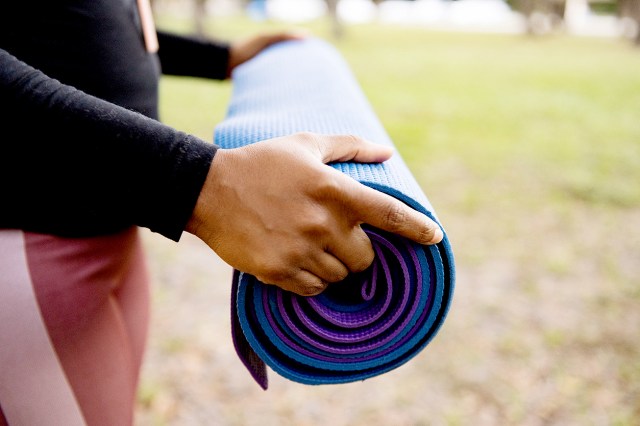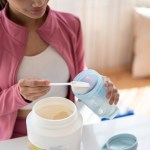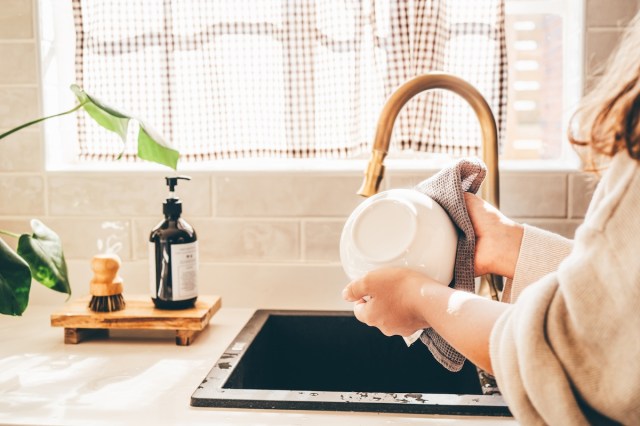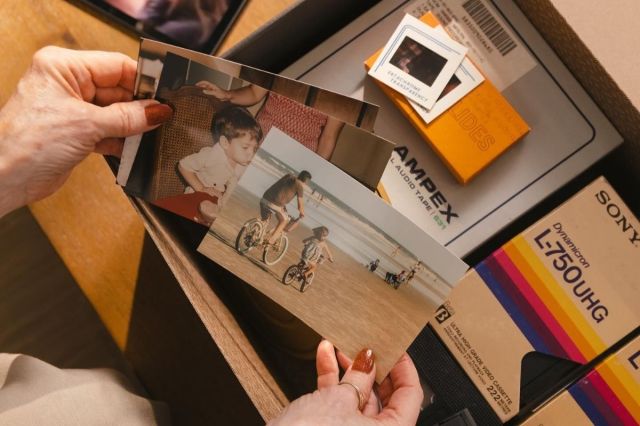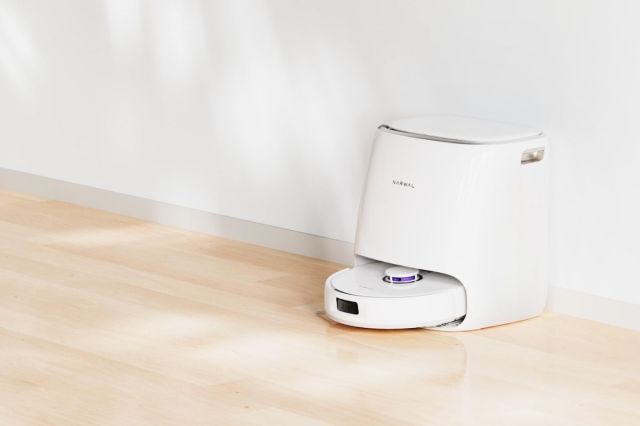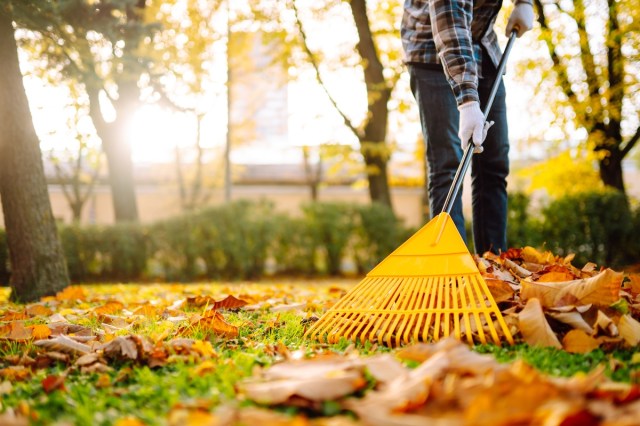“Keeping my home organized is easy!” said absolutely no one, ever. Our homes tend to accumulate a lot of stuff, and when it comes to storing it all… well, let’s just say not everything is kept exactly where it should be. Managing all your belongings can be overwhelming, and that often means we stash important documents, workout equipment, and even our favorite bag of coffee in the place we think is best or most convenient — even if those storage spots can cause damage over time. Luckily, it doesn’t have to be that way. Here are the correct places to store some common items in your home.
All featured products and deals are selected independently and objectively by the author. Better Report may receive a share of sales via affiliate links in content.
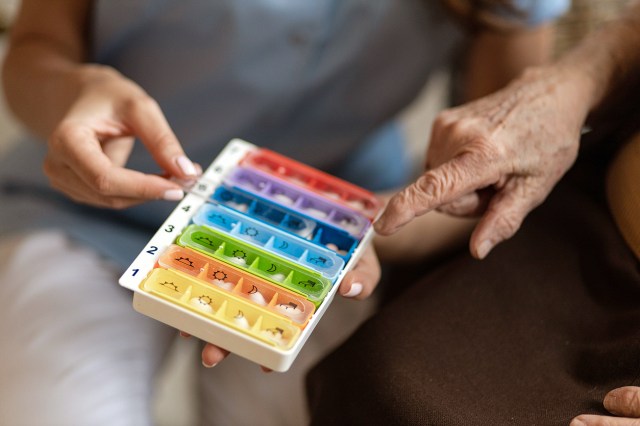
Medications
There are a few common sense places you should stop storing your medications (like your car), but here’s a surprising one you should avoid: your bathroom cabinet. While it’s often the most convenient place to keep prescriptions, bathrooms are essentially built-in home humidifiers thanks to moisture and warm temperatures, which can eventually degrade drug ingredients. Store your medication in a cool, dry place like a dresser drawer, kitchen cabinet, or closet.

Photographs
Putting photos in magnetic photo albums seems easy until you try to remove them years down the road. Many older albums have adhesives that contain acids and lignin (wood pulp) that yellow and age your photos. Help your photos last by gently removing them from your albums and storing them in an acid-free scrapbooking box in a cool, dark place.

Dry Cleaned Clothes
Freshly laundered clothes can go straight into your closet, right? Not so fast. If your laundry service includes dry cleaning, take a moment to remove the protective plastic bags from your shirts, suits, and gowns before putting them away. Leaving dry-cleaned clothing in plastic can trap strong smells from the cleaning chemicals, not to mention moisture that can cause mildew or yellowing. Ditch the bag and let your cleaned clothes hang freely.
Reader Favorites
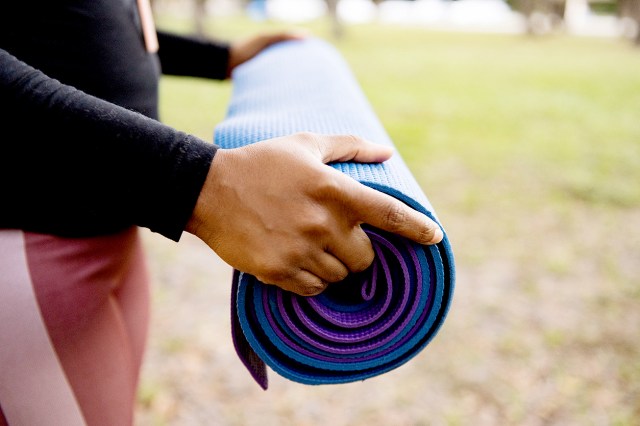
Yoga Mats
Sure, tossing your yoga mat in the backseat is an easy way to ensure you’re always ready for class, but it’s not always the best long-term idea. The rubbery materials used to make yoga mats break down faster when exposed to excessive temperatures, and even reasonably warm temperatures can encourage bacteria to grow on them. Instead, clean your mat regularly and store it in a cool place with good airflow.

Wine Glasses
Storing delicate glassware like wine glasses, snifters, and cocktail glasses upside down puts them at risk for chips and cracks. That’s because the rim is the most fragile part of the design, and balancing the weight of a glass on that spot puts the whole cup at risk. Store these glasses right-side up on a shelf in your cabinet or invest in a stemware rack.
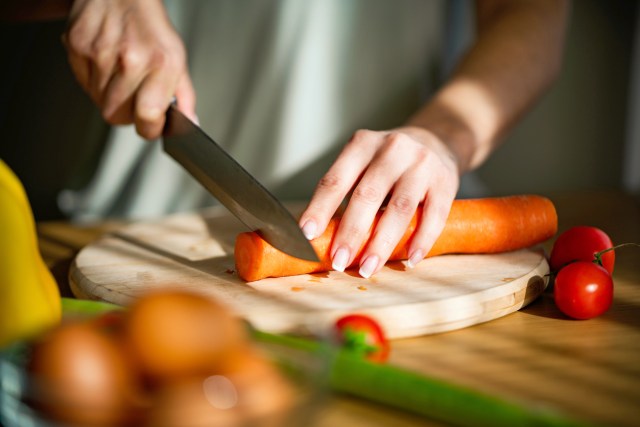
Kitchen Knives
High-quality knives aren’t cheap. If stored improperly, they can become less effective and dangerous. Tossing knives haphazardly in a drawer can cause accidental cuts, while a generic knife block can grind against the blades and dull them over time (which means you’ll use more pressure when cutting and increase your risk of injury). Many chefs recommend only using a knife block if it is custom-made for your knife set. If you do not have one, you can also use a specialty knife divider in your kitchen drawer, order a magnetic knife rack, or cover each blade with a sheath.
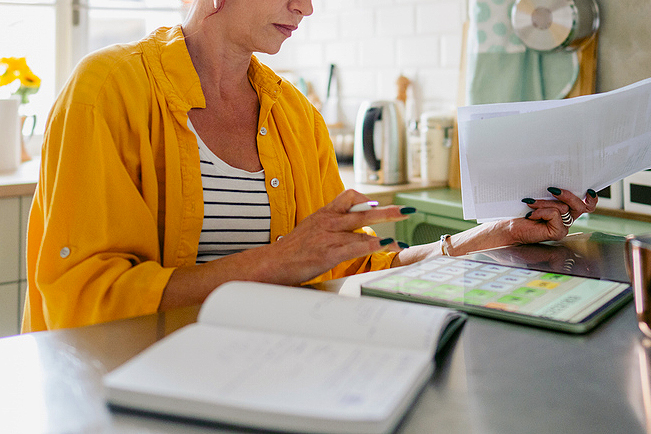
Important Papers and Vital Documents
Do you know where your birth certificate is? What about the title to your vehicle or life insurance policy? It’s not uncommon for these incredibly important documents to be stored haphazardly. You can avoid panic and paying replacement fees by storing them at home in a weather or fire-proof safe or bank safety deposit box.
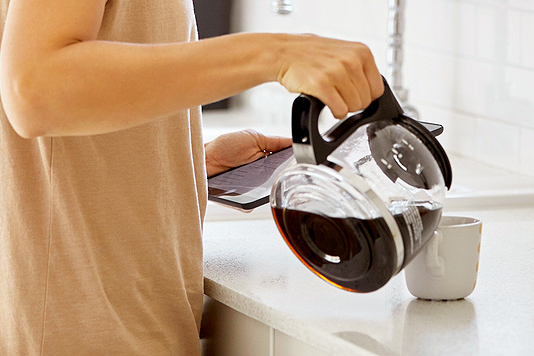
Coffee
Many people store coffee beans in the fridge or freezer to keep them fresh. However, coffee out of the freezer can absorb moisture while thawing to room temperature or smells from other foods in your fridge, ultimately impacting flavor. The better option: Keep coffee in a cool, dry place between 50 degrees Fahrenheit and 70 degrees Fahrenheit for your best cup yet.
Featured Image Credit: Boogich/ iStock
More From Our Network
Better Report is part of Inbox Studio, which publishes content that uplifts, informs, and inspires.
